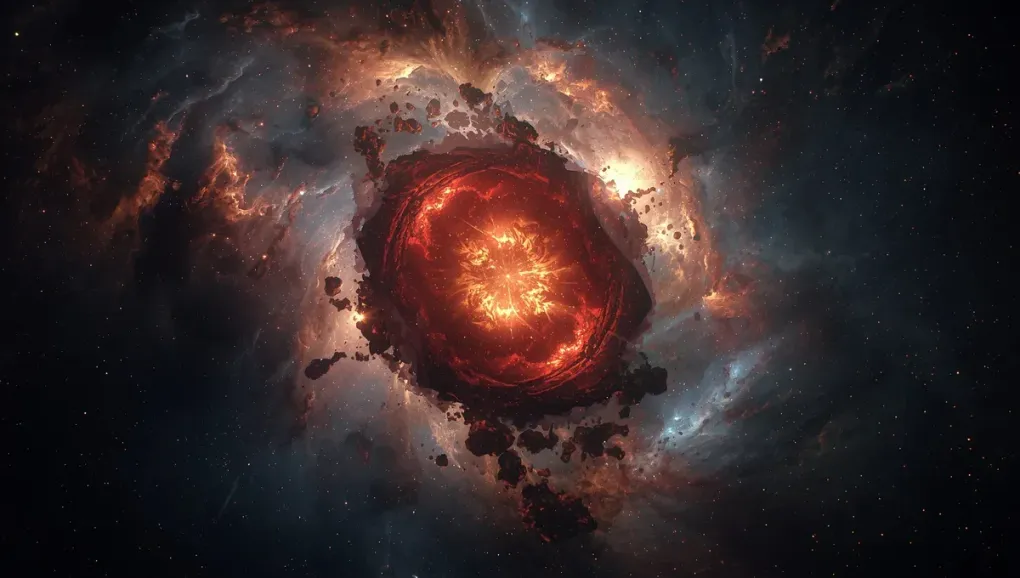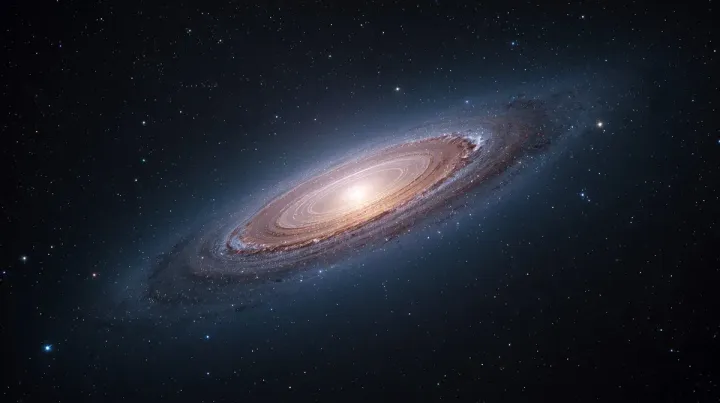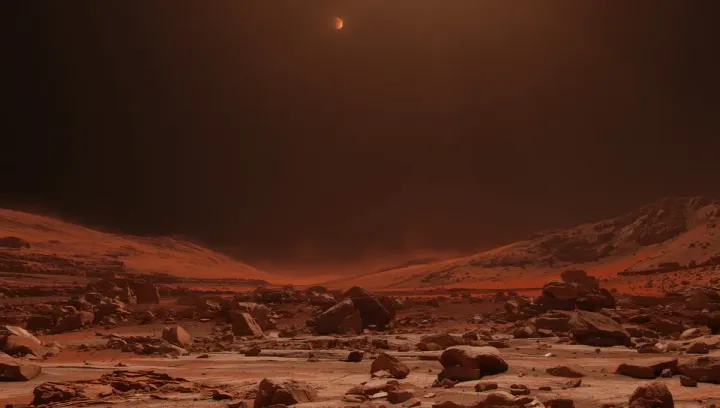
SN2021yfj: The Supernova That Rewrites the Stars
Just when we thought we had a handle on the dramatic lives and deaths of stars, the universe throws a cosmic curveball. Astronomers have recently observed a supernova, designated SN2021yfj, that is defying all conventional classifications and forcing scientists to rethink their fundamental theories of stellar evolution. Described as looking like “nothing anyone has ever seen before,” this celestial event is a profound mystery unfolding in the vast canvas of space.
A Star Stripped to the Bone: Unprecedented Observations
Massive stars, those colossal entities many times the size of our Sun, are often compared to onions due to their layered structure. They fuse lighter elements into heavier ones in their cores, creating distinct shells of hydrogen, helium, carbon, and so on, until an iron core forms, triggering a catastrophic collapse and explosion. However, SN2021yfj broke all the rules.
Observations revealed that this star had already shed its outer layers of hydrogen, helium, and carbon long before its final, spectacular demise. What truly baffled scientists was the subsequent expulsion of a typically hidden layer of heavier elements—silicon, sulfur, and argon—just before the star exploded. This pre-explosion ejection of inner material had never been witnessed before, offering an unprecedented glimpse into the deep, violent processes occurring within a star’s final moments.
As the star finally detonated, the explosion illuminated this expelled shell of heavy elements, creating a spectacle that defied all known supernova types. This direct observation challenges long-held theoretical models and suggests that the pathways for a massive star to end its life are far more diverse and exotic than previously imagined. It’s a stark reminder that our cosmic textbooks, while foundational, are far from complete.
The Mystery Deepens: What Triggered This Anomaly?
The scientific community is now grappling with the profound question: what caused SN2021yfj to behave so uniquely? Researchers are exploring several hypotheses, including the possibility of interactions with a companion star, exceptionally strong stellar winds, or even a massive pre-supernova outburst that violently stripped away its layers. The leading idea, however, is that the star essentially tore itself apart in a previously unobserved manner.
This event has led to the designation of an entirely new type of supernova, a Type Ien (pronounced one-e-n), classified by the presence of silicon, sulfur, and argon in its deepest, innermost layers. This new classification underscores the vast unknowns that still exist in our understanding of the universe’s most powerful explosions. The discovery highlights the limitations of current observational techniques and theoretical models, pushing astronomers to develop new ways to detect and analyze these rare and fleeting cosmic phenomena.
Implications for Stellar Evolution and Future Discoveries
SN2021yfj is more than just an astronomical curiosity; it has significant implications for our understanding of stellar evolution. It suggests that some massive stars undergo extreme mass loss events late in their lives, fundamentally altering their structure before they explode. This challenges the conventional wisdom that stars follow a predictable sequence of events leading to their demise.
This unique supernova also emphasizes the critical role of advanced observational tools and the serendipity of discovery. The Zwicky Transient Facility, which initially spotted the rapid increase in brightness, and the W. M. Keck Observatory, which captured its crucial spectrum, were instrumental in unraveling this mystery. It’s a testament to the power of combining wide-field surveys with detailed spectroscopic analysis.
The biggest open question now is how often such explosions occur. Are they incredibly rare, a stroke of luck that we observed this one? Or are there many more Type Ien supernovas out there, waiting to be discovered by new generations of telescopes and more sophisticated analytical methods? As new observatories like the Vera C. Rubin Observatory come online, capable of spotting millions of supernovae, the hope is that we will uncover more of these cosmic anomalies, further refining our understanding of the universe’s most spectacular events.
SN2021yfj serves as a powerful reminder of the universe’s boundless capacity for surprise and the continuous need for scientific inquiry. It’s a beacon of the unknown, urging us to look deeper and question what we think we know about the stars above.
Primary Source:


